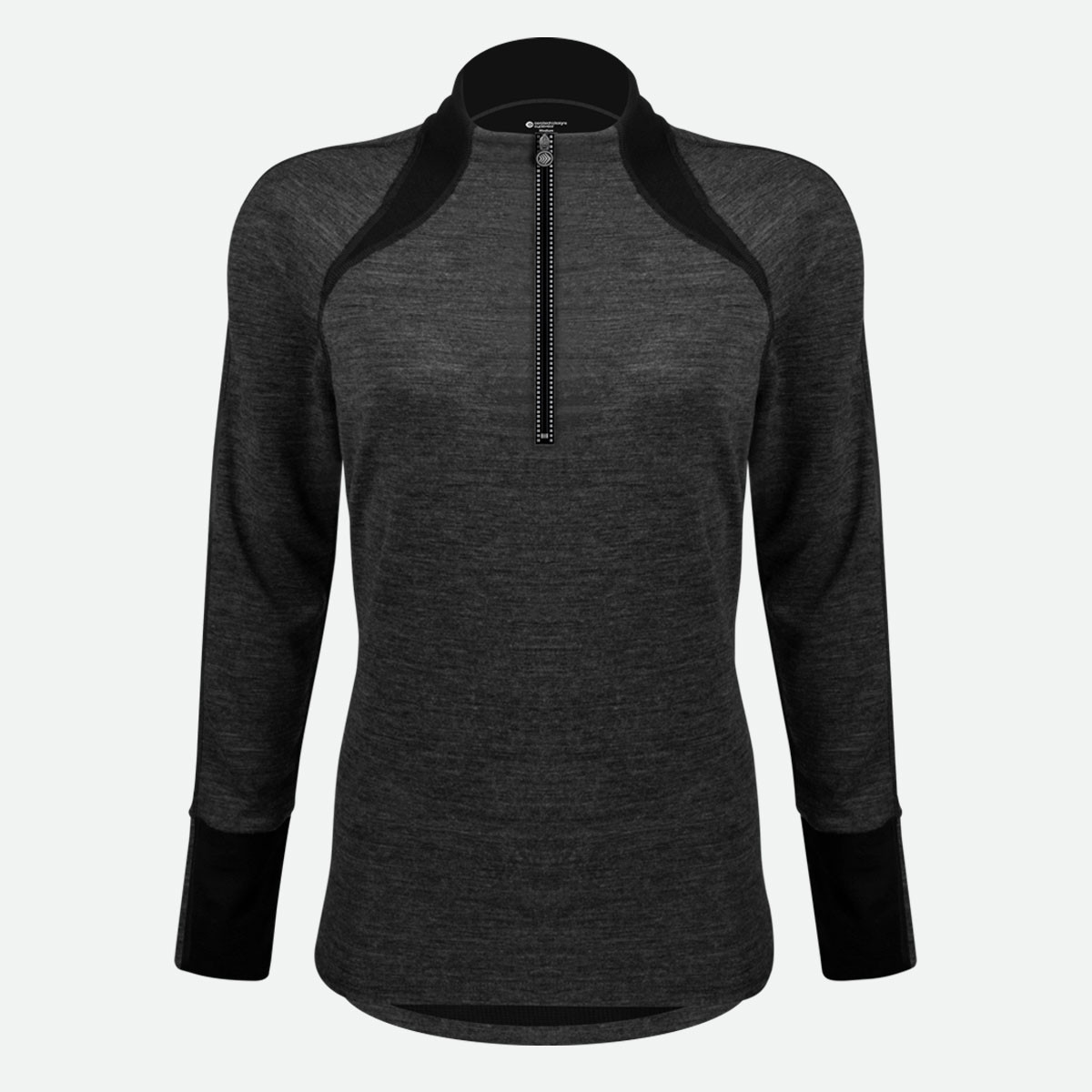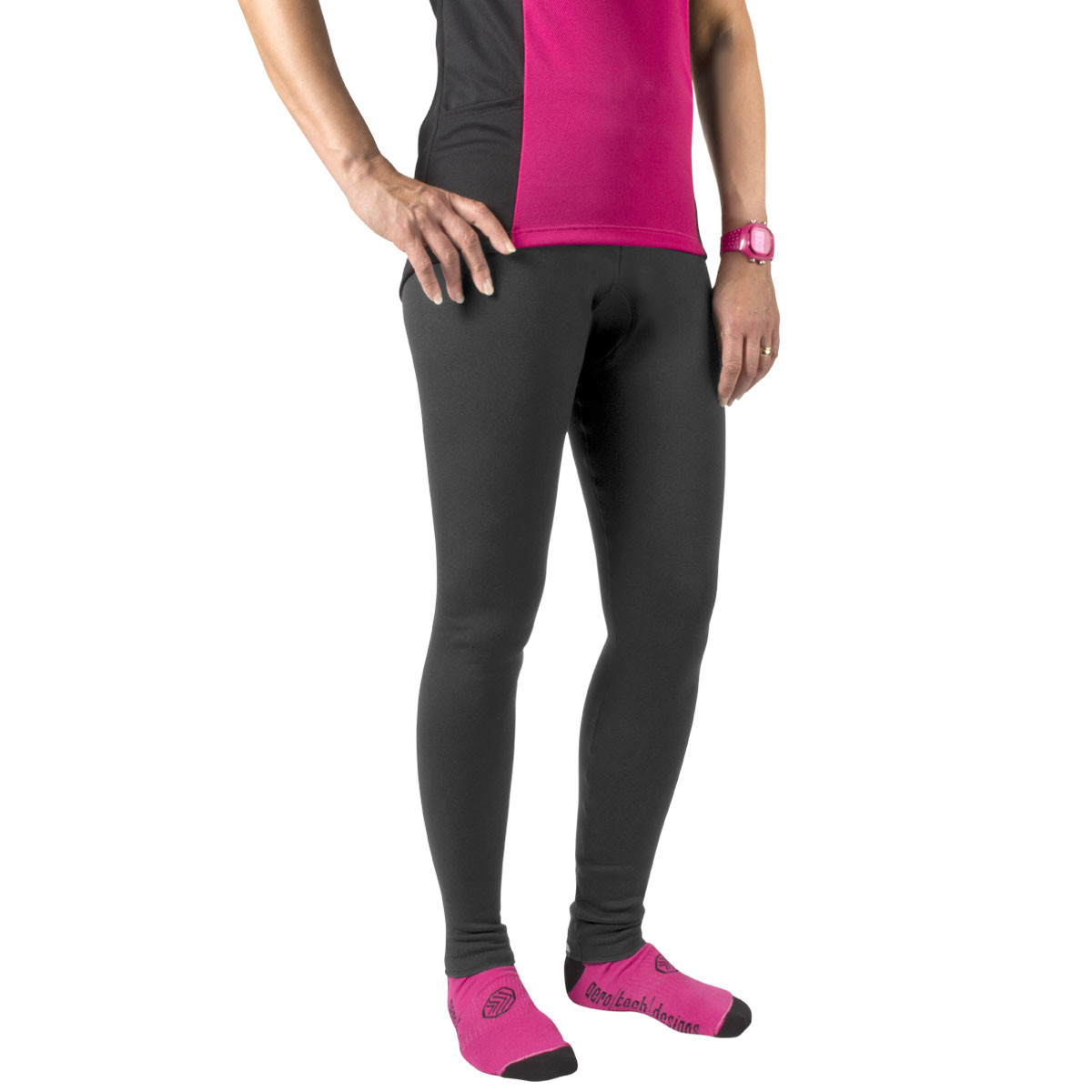-


-


-


-


-


-


-


-


-


-


-


-
Sale


-


-


-


-


-
Sale


Women's Triumph Cycling Tights
$99.99$79.99 -
Sale


Women's High Waisted Century Padded Cycling Tights
$99.99$79.99 -


-


